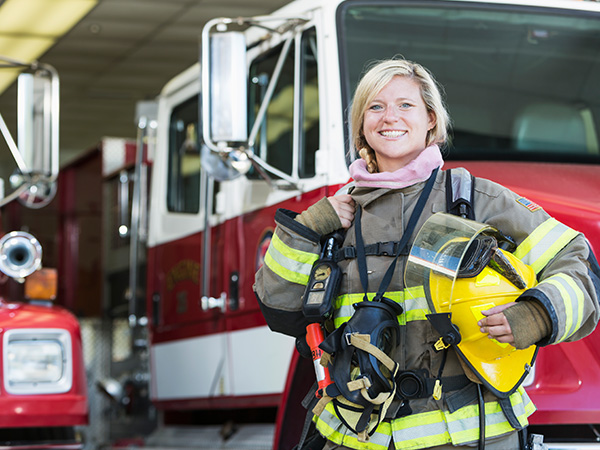
Grade:
Topic:
Unit:


In this lesson mini, students learn about the important people who help our community and what it means to be a community helper. Students discover the roles of community helpers like firefighters, teachers, and nurses, and understand how these helpers make our neighborhood a better place. Students also explore what it means to be a community helper themselves, learning about simple ways they can help and be responsible in their own community.

Minutes
Minutes
Minutes
Minutes
Minutes

Level-up current events into dynamic learning!